Exploring Traditional Braising Methods in Chinese Cooking
11 min read Discover authentic Chinese braising methods that highlight rich flavors and cultural heritage through time-honored culinary techniques. July 06, 2025 06:05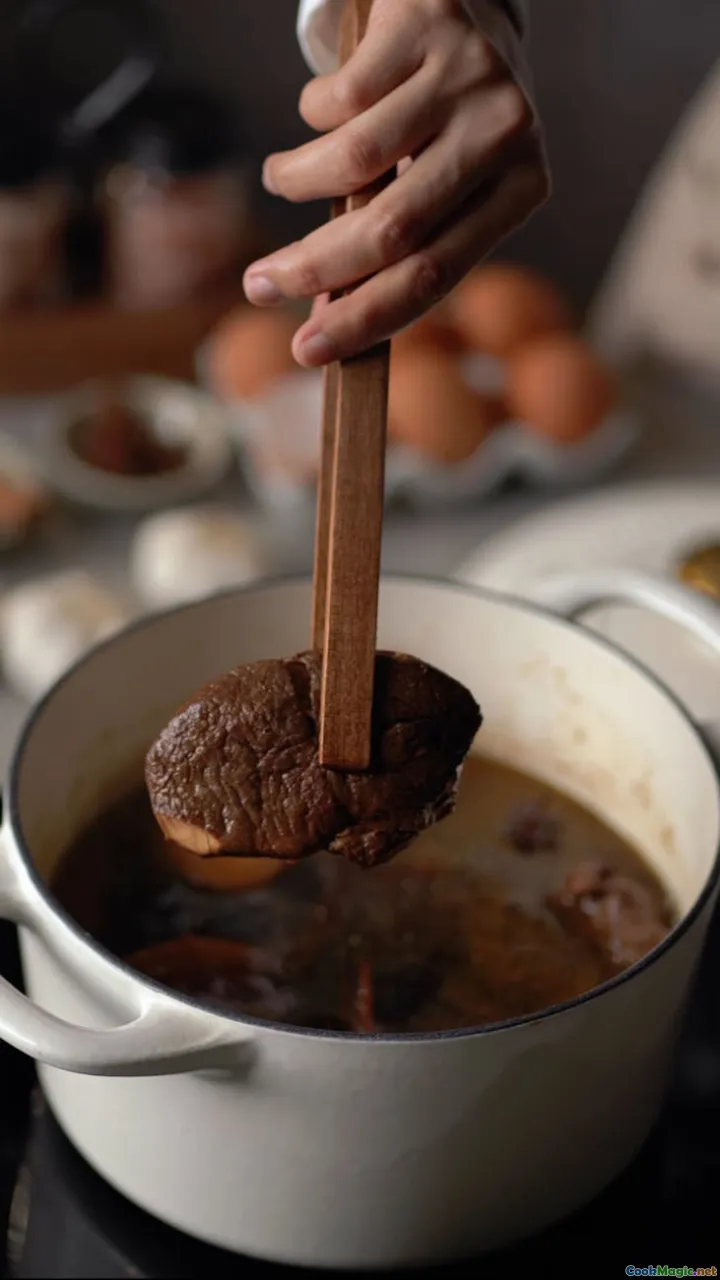
Exploring Traditional Braising Methods in Chinese Cooking
The aroma of meticulously braised dishes wafts through bustling streets and quiet kitchens alike, a testament to centuries of culinary mastery. Chinese cuisine, renowned for its harmonious balance of taste, texture, and color, hinges significantly on the art of braising—a slow, deliberate process that transforms humble ingredients into culinary gems bursting with flavor. As I delve into the depths of traditional Chinese braising methods, I am reminded of my own culinary journey, where intrigued by tales of ancient kitchens and family recipes, I uncovered the delicate dance between fire, patience, and seasoning that defines this treasured technique.
The Cultural Significance of Braising in Chinese Cuisine

Braising holds a venerable place in Chinese culinary heritage. Rooted in the idea of "红烧" (hóng shāo)—literally "red cooking"—this technique dates back over a thousand years, especially prominent in regions like Hunan, Sichuan, and Zhejiang. These methods were historically used to elevate everyday ingredients—cheap cuts of meat, root vegetables, and offal—into flavorful delicacies that provided nourishment and comfort.
Part of the cultural allure of braising lies in its ability to tell stories through flavor. Slow-cooked, tender, and richly aromatic, these dishes often evoke warm memories: family gatherings, festive seasons, or memorable street food stalls. Traditional braising isn’t merely about taste; it’s a vessel for cultural identity, history, and emotional connection.
Core Principles of Traditional Chinese Braising
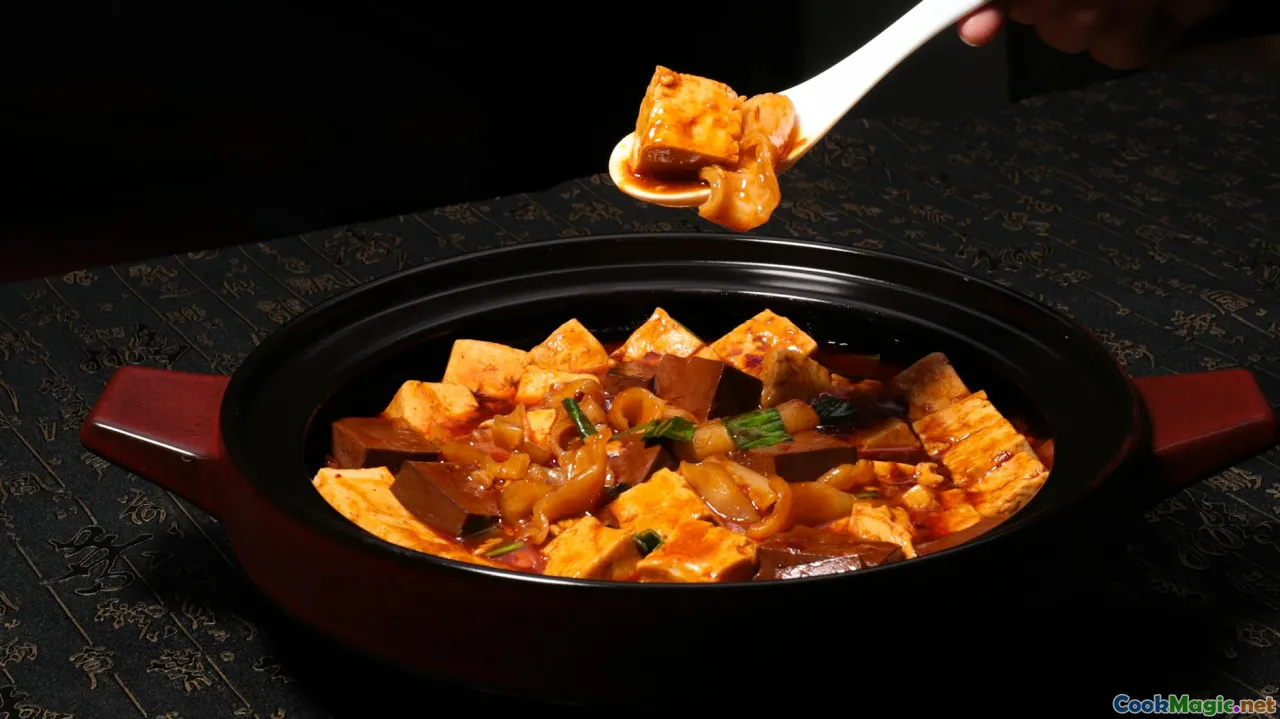
Mastering the art of Chinese braising involves understanding several foundational principles:
- Low and Slow Cooking: The essence lies in gentle heat over extended periods, allowing flavors to meld and fibers to break down.
- Balanced Seasoning: Soy sauce, Shaoxing wine, sugar, and aromatic spices create the classic umami-rich, sweet-savory profile.
- Use of Aromatics: Ginger, scallions, star anise, and cinnamon are staples that infuse depth into the broth.
- Choice of Cookware: Traditionally, clay pots (沙锅 shāguō) and cast-iron woks are used to facilitate even heat distribution.
Grasping these principles is akin to understanding a secret language—each ingredient, temperature, and duration contributes to the symphony of flavor.
How-to: Crafting a Classic Hong Shao (Red Braised) Pork
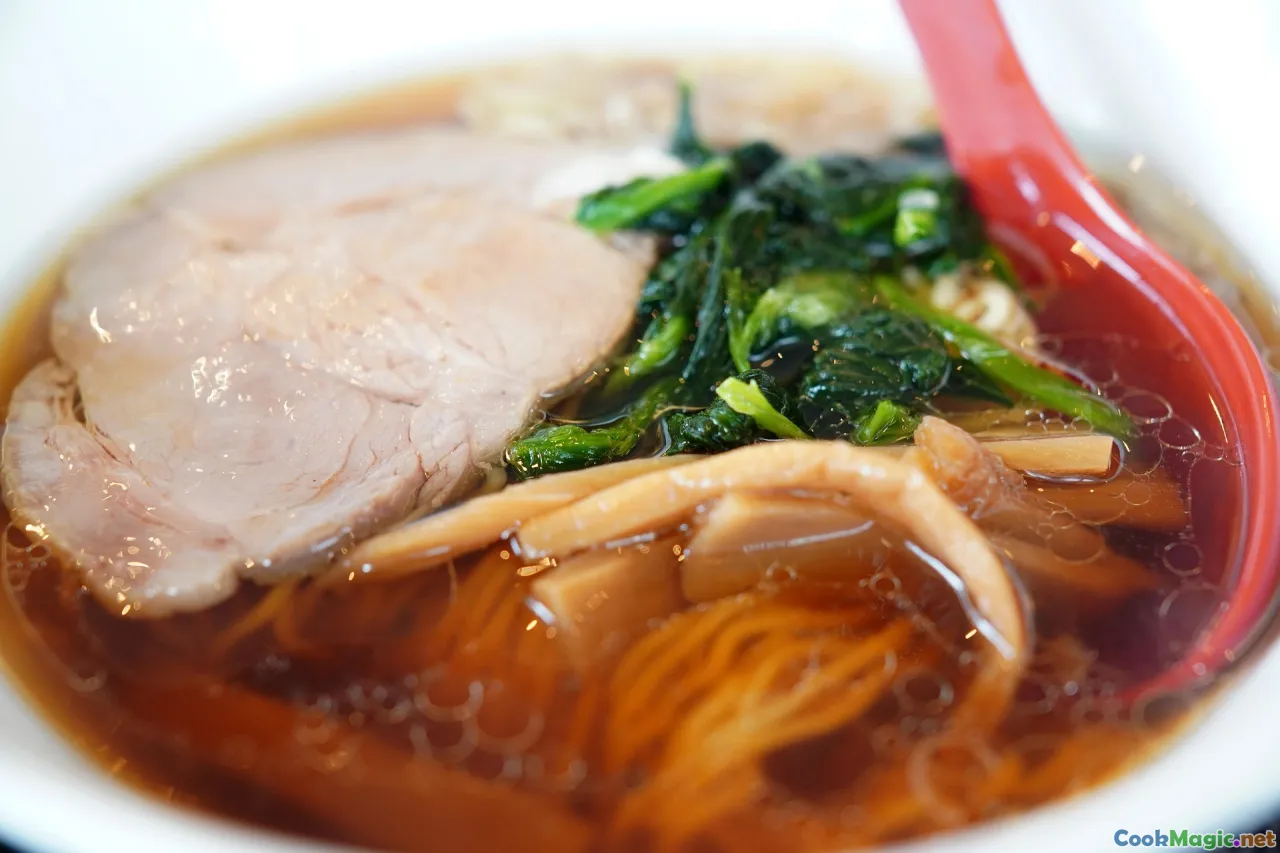
Few dishes encapsulate the magic of Chinese braising better than Hong Shao Rou (Red Braised Pork). It’s a comfort dish, a celebration, and a staple in many Chinese households.
Ingredients:
- 500g pork belly
- 3 tbsp soy sauce (light and dark)
- 2 tbsp Shaoxing wine
- 1 tbsp sugar (rock sugar preferred)
- 3 slices ginger
- 3 scallions
- 2 star anise
- 1 cinnamon stick
- Water
- Cooking oil
Method:
- Prepare the Pork: Cut pork belly into 2-inch cubes. Blanch in boiling water for 5 minutes to remove excess impurities.
- Sear the Meat: Heat a tablespoon of oil in a clay pot or wok, and sear the pork until golden brown, releasing crispy edges and inviting caramel aroma.
- Build the Flavor Base: Add ginger slices and scallions; cook until fragrant.
- Deglaze and Season: Pour in Shaoxing wine, stir to deglaze the pan, then add soy sauces, sugar, star anise, and cinnamon.
- Simmer: Cover with water, bringing the mixture to a gentle simmer. Reduce heat to low, allowing the pork to cook for 1.5–2 hours until tender and melt-in-the-mouth.
- Finish and Serve: Uncover, increase heat slightly to reduce the sauce until glossy and thickened. Serve over steamed rice.
The resulting dish marries silky pork with a luscious, aromatic sauce that clings to every bite—an epitome of balanced Chinese braising.
Regional Variations and Unique Traditions
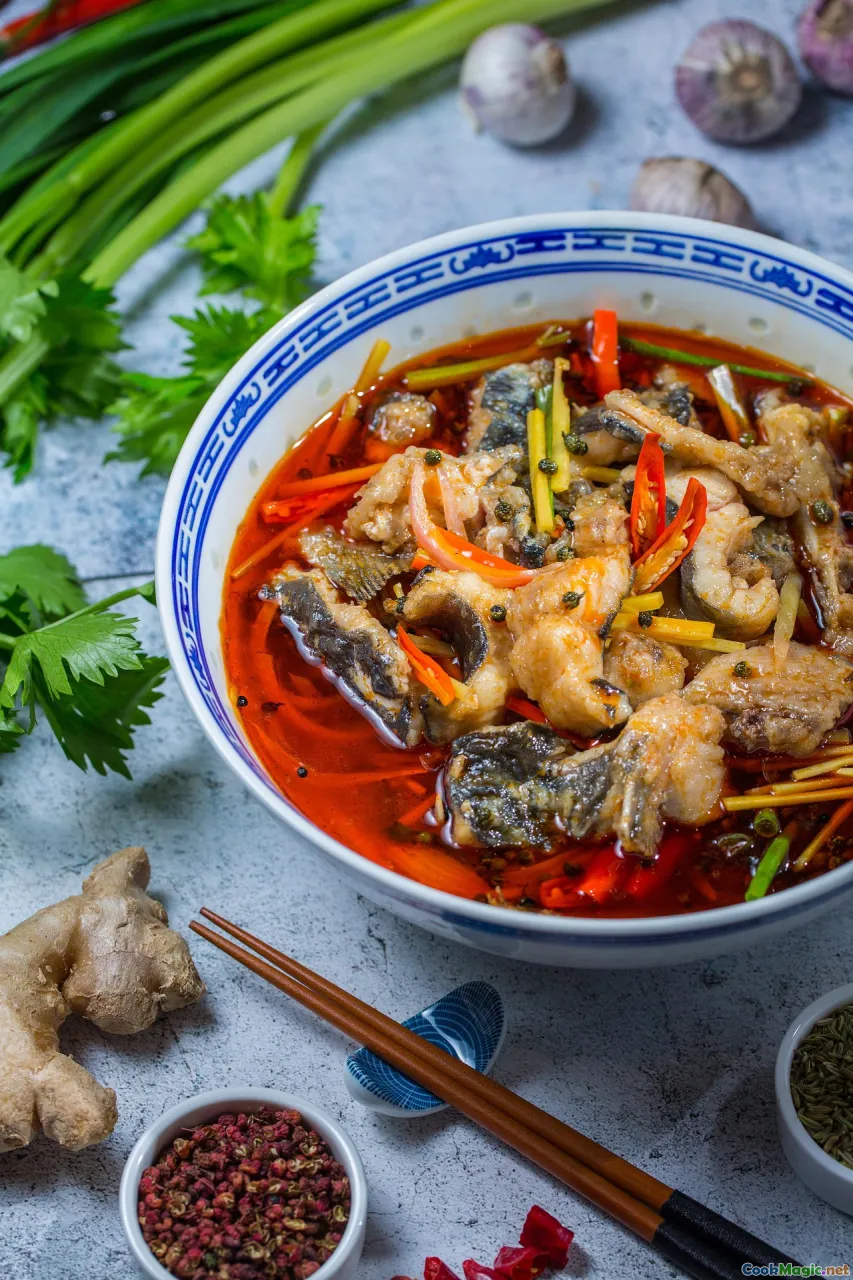
While Hong Shao is perhaps the most recognized, regional variations abound:
- Sichuan-Style Braising: Incorporates bold spices like Sichuan peppercorns, chili paste, and dried herbs, creating a numbing, spicy profile often used for dishes like Dou Ban Jiang Ya (braised duck).
- Cantonese Braising: Focuses on lighter soy sauces, shallots, and a more delicate approach, as seen in dishes like Soy-Braised Chicken.
- Shanghainese Red-Cooked Dishes: Emphasize caramelization and often include aromatic herbs like star anise, with emphasis on the glossiness of the sauce.
Each region adapts the core principles according to local ingredients, climate, and culinary history—proof of braising’s incredible adaptability.
Ancient Techniques and Modern Twists
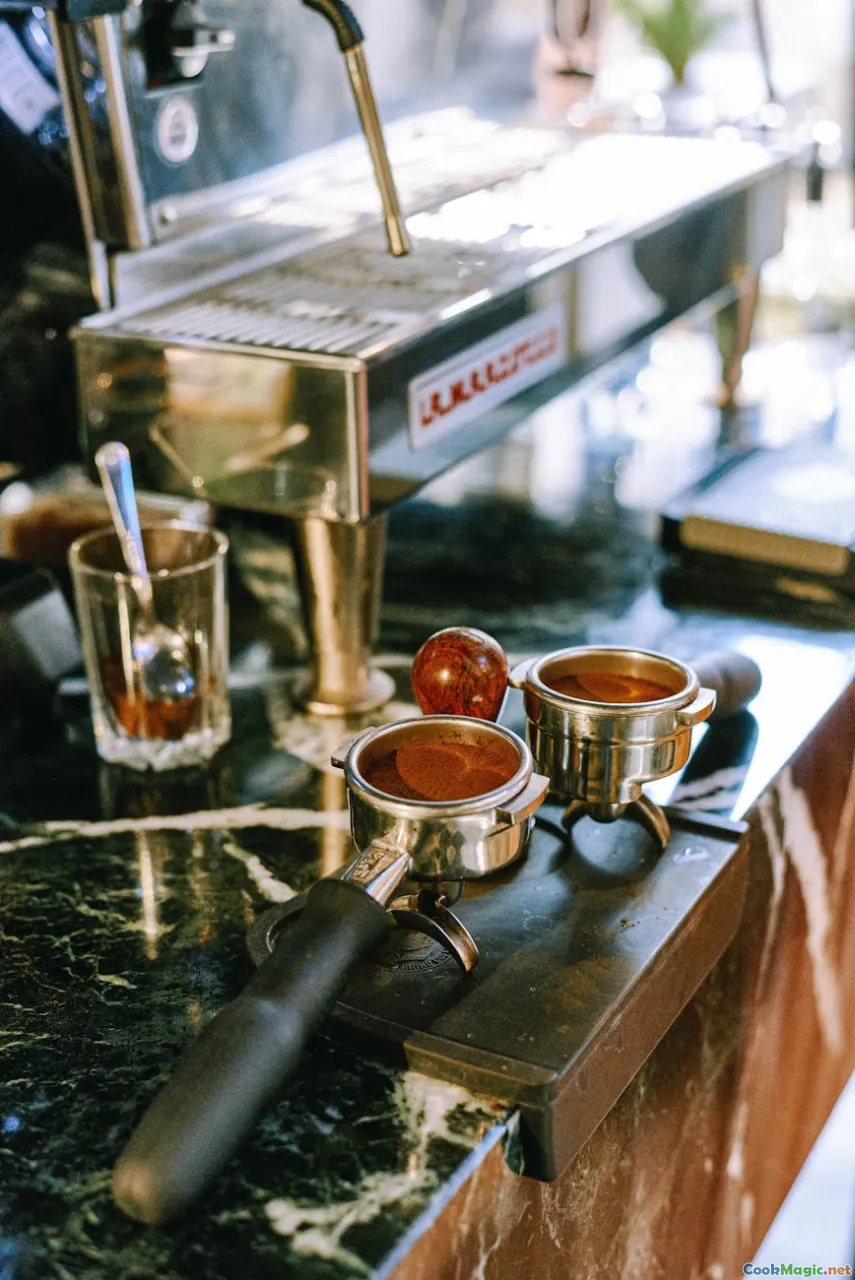
Historically, Chinese braising relied on simple cookware, hot charcoal, and patience. The legendary kitchens of the Ming and Qing dynasties showcased wood-fired stoves and earthenware pots, allowing flavors to develop slowly and evenly.
Today, technological advances—slow cookers, pressure cookers, and induction stoves—offer new possibilities. Yet, the essence remains unchanged: the commitment of time and layered flavors.
In contemporary kitchens, chefs and home cooks alike experiment by integrating ingredients like star anise-infused broth with truffle oil or adding aromatics like fennel or lemongrass for an innovative twist. These adaptations demonstrate that the soul of traditional braising resides in the thoughtful build-up of layers, respect for ingredients, and patience.
Tips for Perfecting Chinese Braising at Home
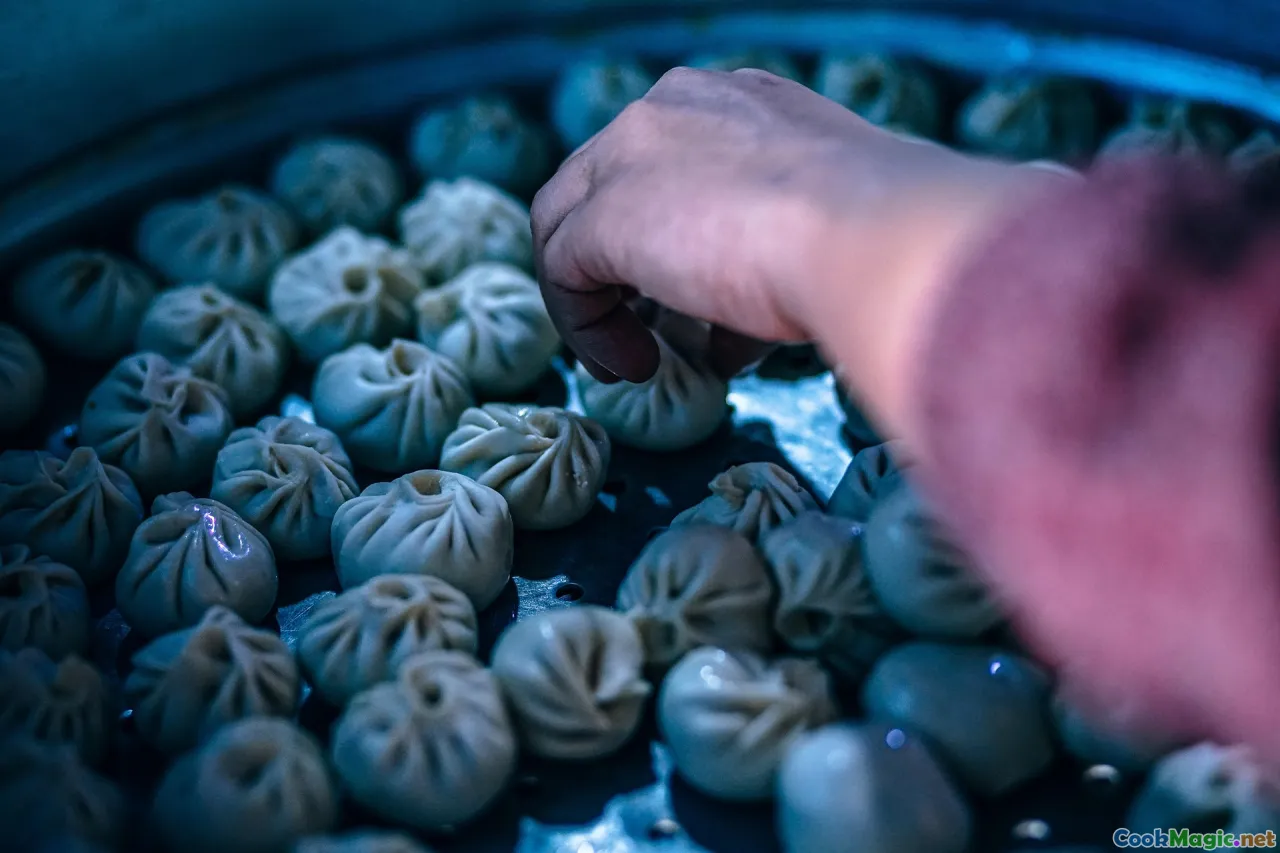
- Choose Quality Ingredients: Fresh, high-quality meats and aromatic spices elevate the dish.
- Control the Heat: Maintain a gentle simmer to avoid toughening the meat and burning the sugars.
- Layer Flavors: Use multiple seasonings and aromatics, adding gradually.
- Balance Sweet, Salty, and Spicy: Adjust to personal preference while respecting traditional ratios.
- Patience is Key: Longer cooking times deepen flavors—resist the urge to rush.
Personal Reflection and the Heart of Chinese Braising
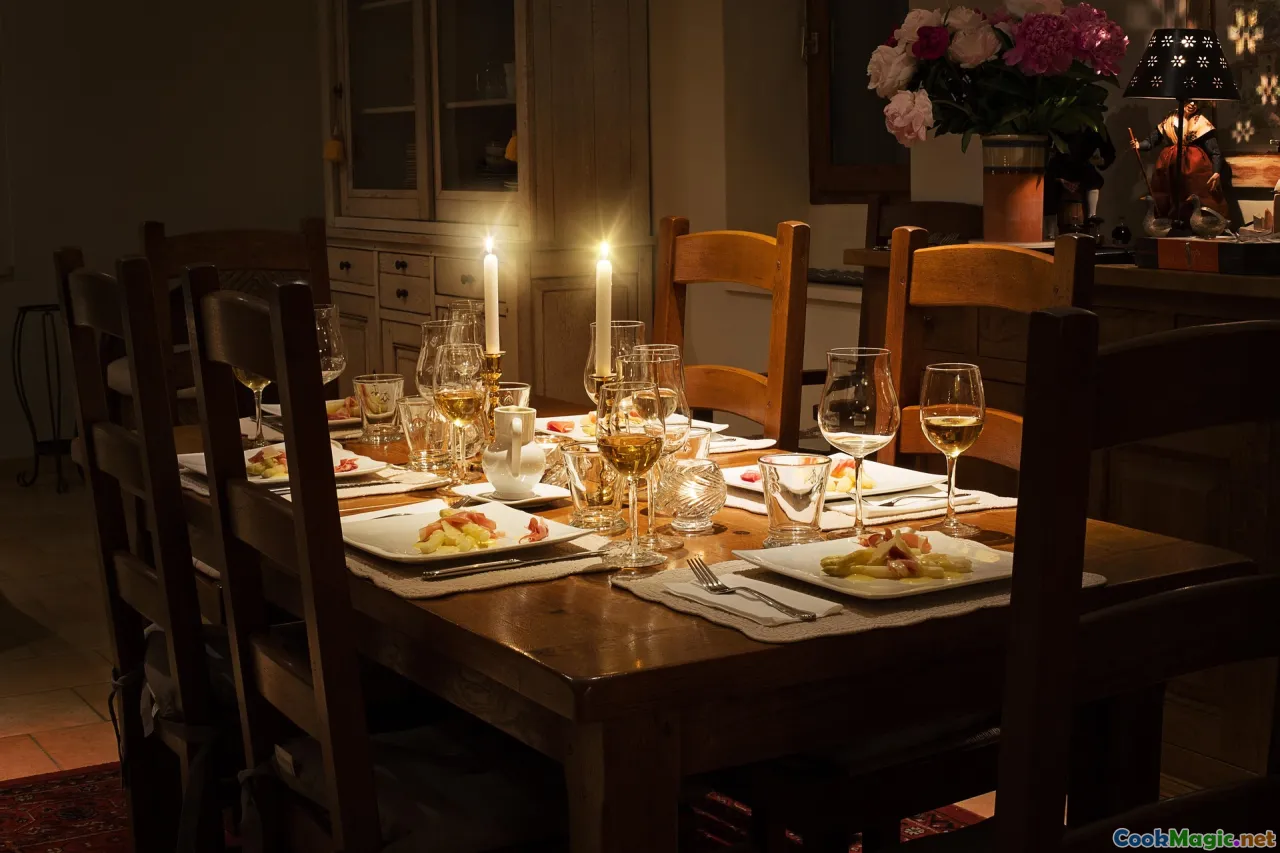
Every time I cook a braised dish, I recall the stories passed down—from my grandmother’s gentle hands turning simple pork into a caramelized marvel to my own moments of experimentation, adjusting spices and cooking times. Braising is a sensory dialogue—not just with ingredients but with tradition, warmth, and history.
The allure of Chinese braising lies not only in its depth of flavor but also in its embodiment of patience, balance, and respect for ingredients. It teaches us that beauty in food often emerges slowly, through layers and time, culminating in a dish that nurtures both body and soul.
Whether it’s the iconic Hong Shao Rou, a rustic braised fish from Fujian, or regional variances with their distinct spices and techniques, each version tells a story—one of craftsmanship, culture, and enduring love for the culinary arts.
Sharing these techniques and stories, I hope to inspire both seasoned chefs and curious home cooks to explore the rich heritage of Chinese braising. Behind every glossy, tender piece and aromatic broth lies a tradition still alive—waiting for you to discover and carry forward.
Embrace the patience, cherish the process, and let every dish become a testament to the art of slow cooking—an ancient craft, forever fresh in its flavors and stories.









